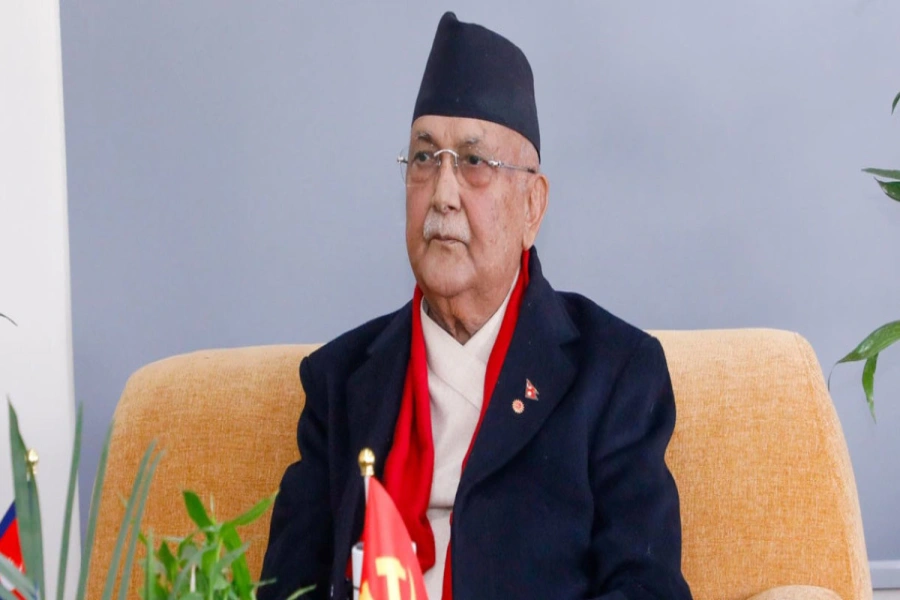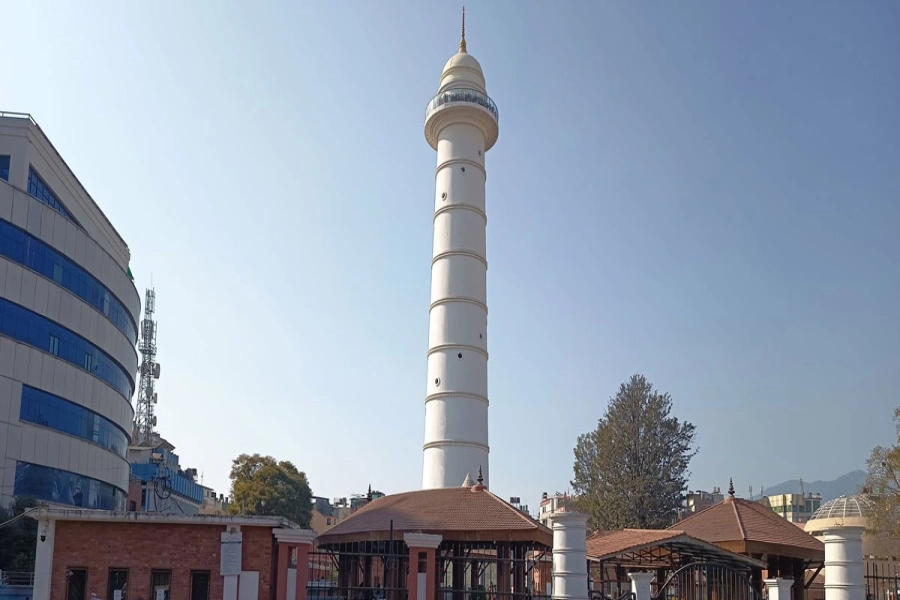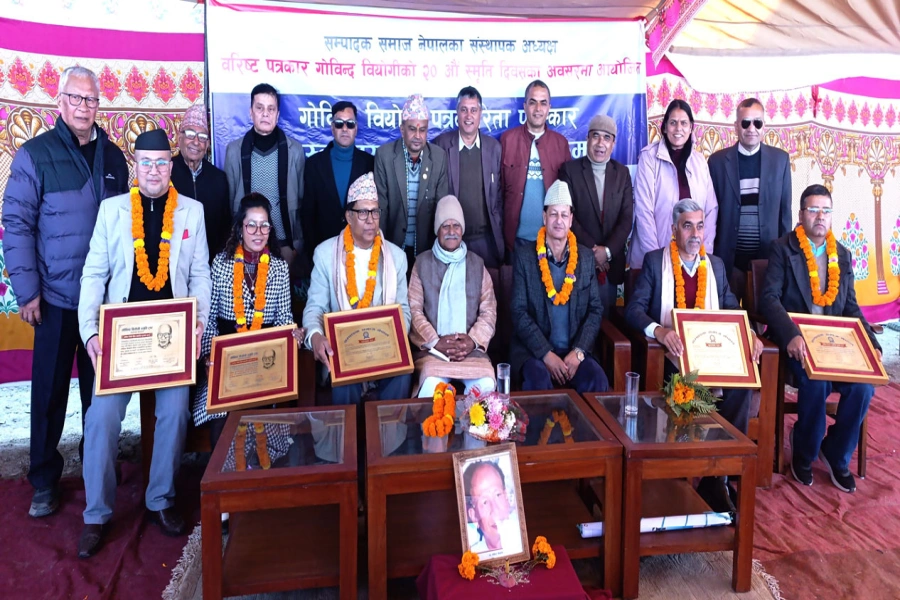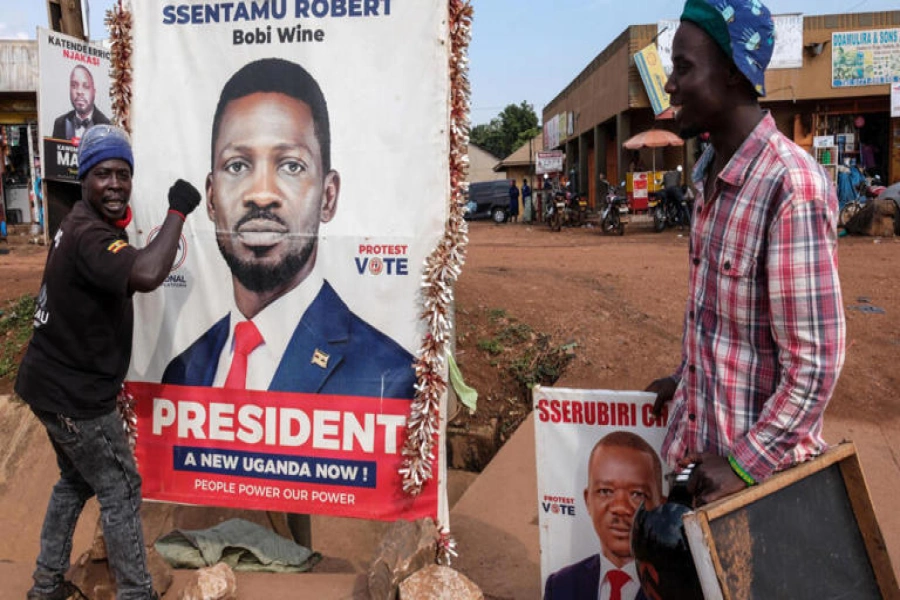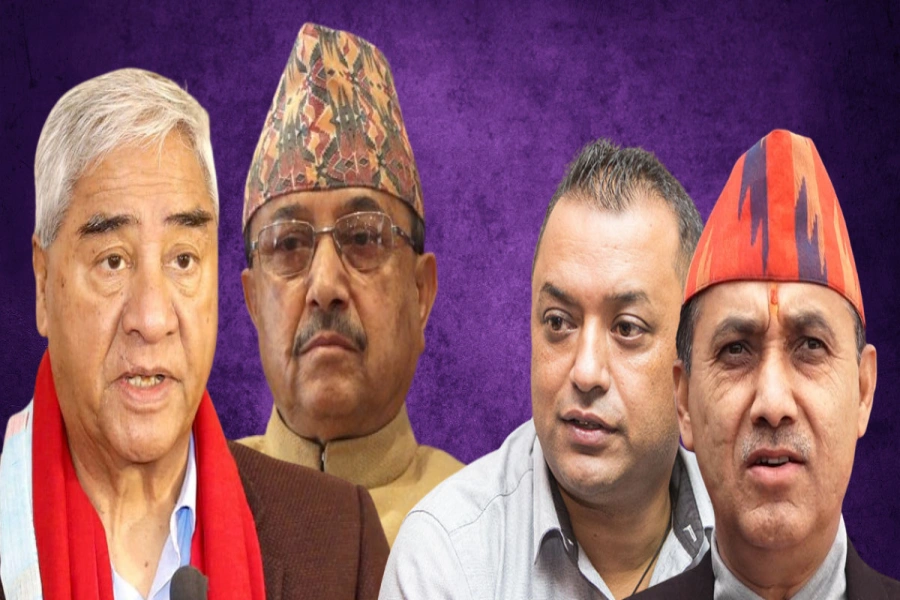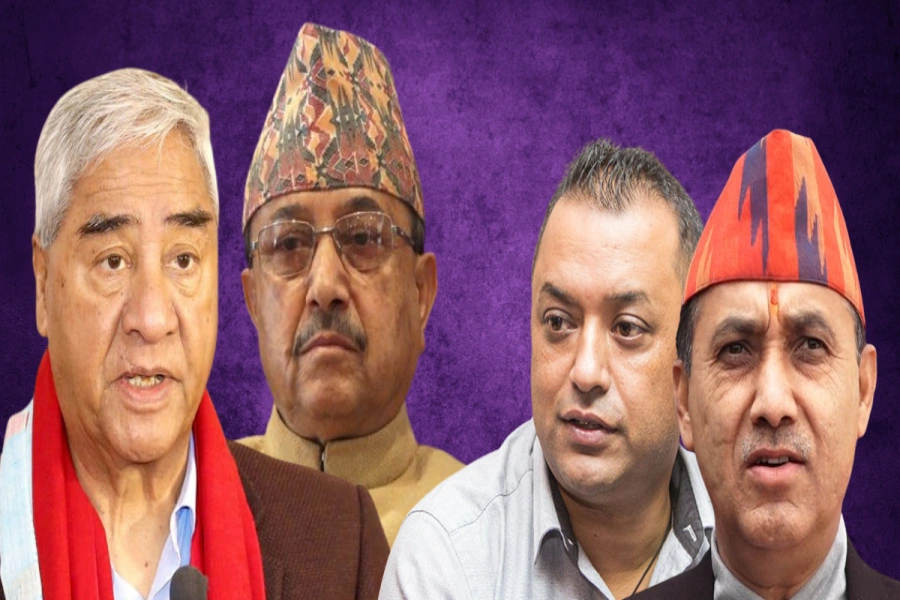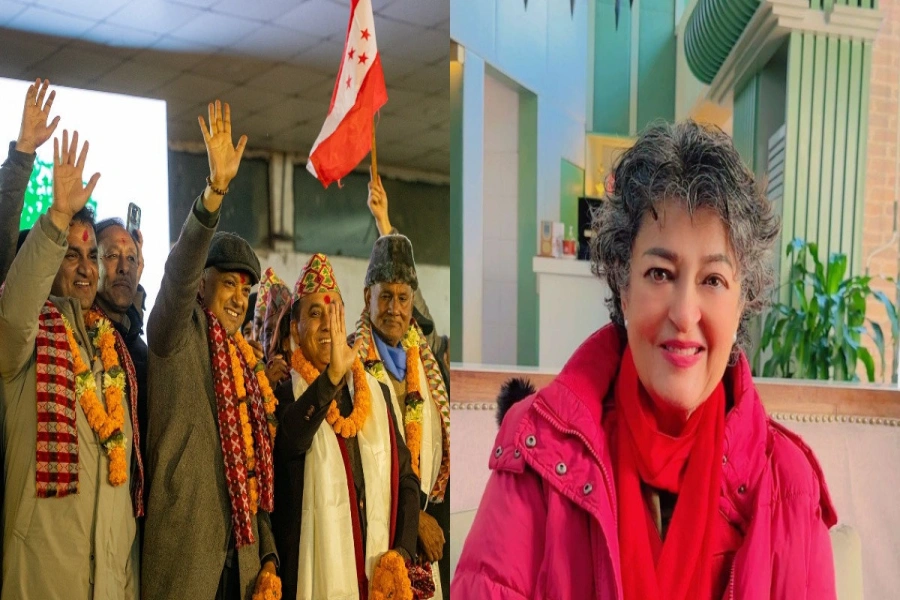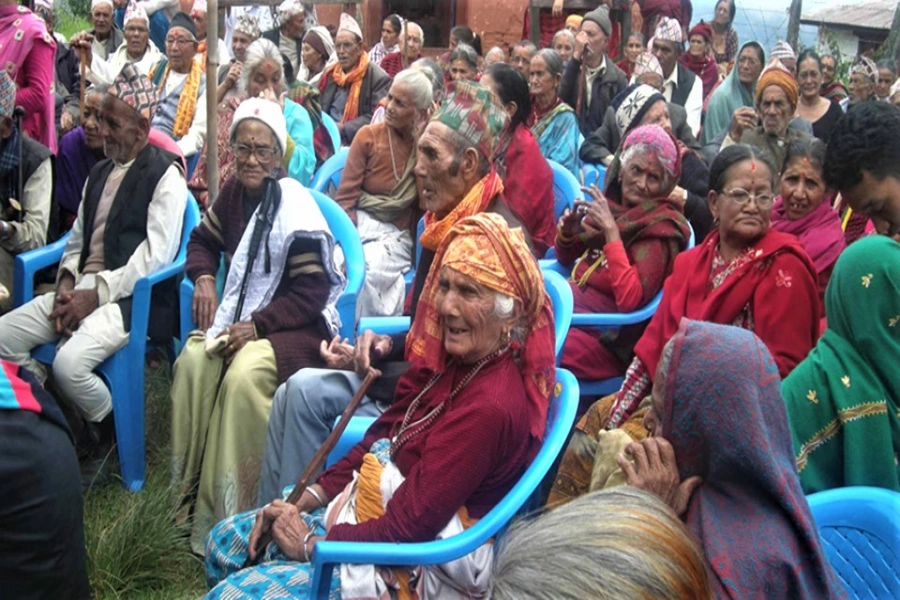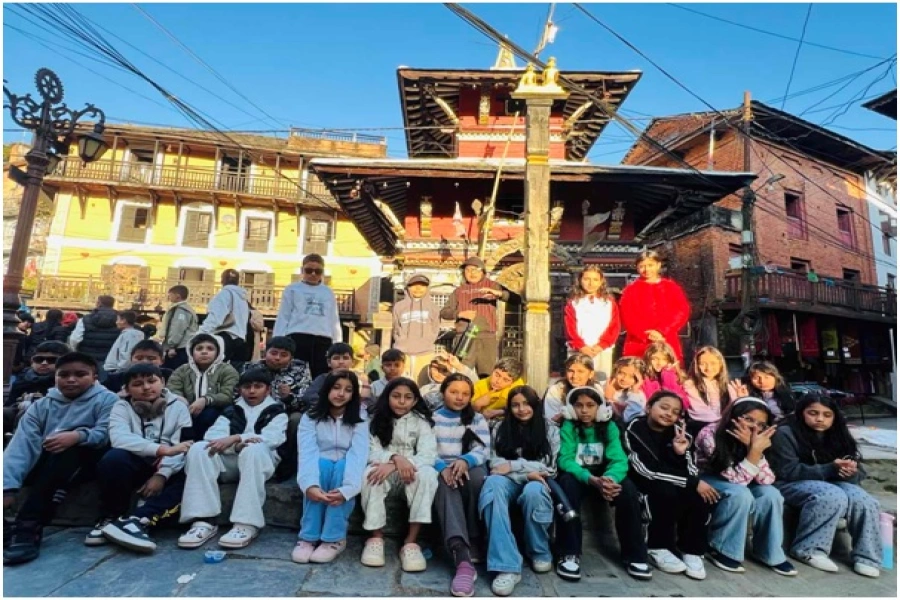New Road Team (NRT) also made it through to the group stage as the runners-up despite a goalless draw against Boudha Football Club. [break]
NRT will face Manang Marshyangdhi Club (MMC) in the quraterfinal.
NRT had earlier defeated MMC in the semifinal of the San Miguel Knockout Football Tournament a few months ago while JYC had defeated Army in sudden death to lift the title of Tilottama Gold Cup held in Butwal about five weeks ago.
Army kept United under intense pressure right from the beginning of the match as they created more than a dozen good chances to score but they had to settle for a 2-1 victory.
Newly appointed Army Coach Dambar Singh Gurung, who had made six changes in the regular starting lineup after being assured of a quarterfinal berth before the kickoff, said the team´s only drawback was lack of good strikers.
“We had already qualified for the quarterfinals so I made six changes to give some exposure to the new players. Our problem is we do not have good strikers. When Santosh Nepali returns from UN peacekeeping mission, we will team him with Nawayug Shrestha,” he said during the post match conference as his team missed several opportunities to score.
Army took the lead in the 24th minute when Bed Narayan Chaudhary slammed the ball in from a close range. A minute ago, Chaudhary had taken the ball close to the post single-handedly but there was no one to collect his pass and United defenders foiled the attempt.
Nawayug Shrestha had hit a bicycle kick in the 19th minute but it landed straight on the hands of Uniked keeper Ajaya Maharjan. Shrestha´s solo effort in the 33rd minute went wide. Chaudhary´s volley in the 37th minute went slightly above the bar.
Army´s captain Pradeep Kunwar was a constant threat to United as he created lots of chances but they couldn´t capitalize due to the club´s poor finishing.
However, Kunwar set up a goal for Shrestha in the 65th minute which the new striker volleyed in with ease.
United, who appeared slightly better in the second half, had to wait until the 87th minute for Captain Binaya Maharjan to snatch a consolation goal. Maharjan raced through Army defenders to slam the ball in from the box as substitute goalkeeper Ganga Ram Deuja, who replaced Ful Bahadur Lama in the 78th minute, dived in vain.
In the day´s earlier kickoff, newly promoted Boudha threw a tough challenge to NRT. Boudha´s Bijay Majhi missed a one versus one chance in the first half. Majhi´s 33rd minute volley hit the bar and went behind. NRT´s captain Rajesh Shahi also squandered a one on one opportunity in the 50th minute.
NRT´s new coach Raju Shakya said the players didn´t put in much effort because a draw was enough for them to qualify for the next round.
“There was negligence from the players because this was not a must-win match for us. We also do not have ground for training and that might also have affected our performance,” he said.
Meanwhile, Boudha´s coach Kiran Shrestha said, “Despite being out of the tournament, we have proved that we are not a weak team.”
JYC registers first win, NPC held by Morang



